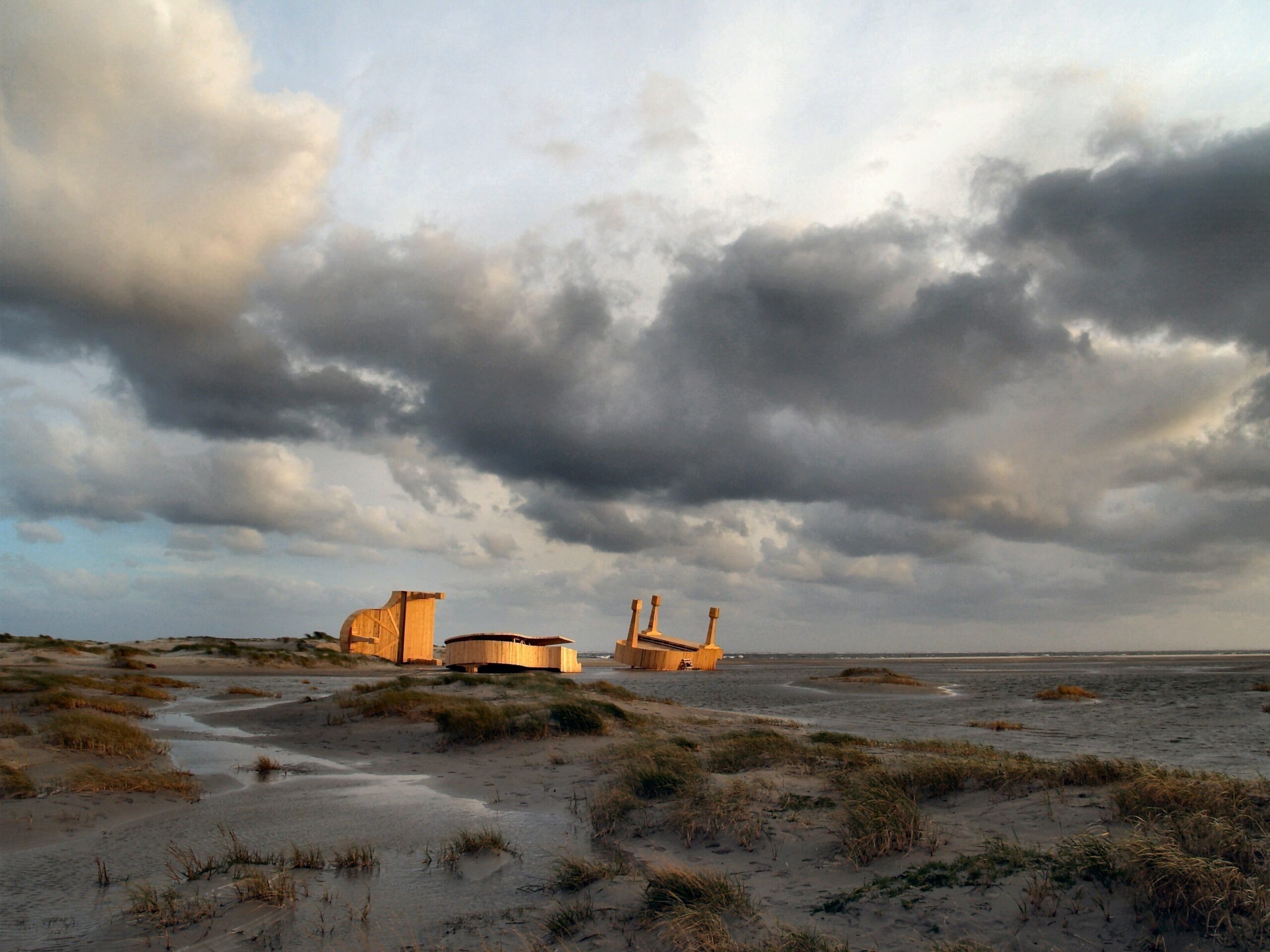
Forse i nostri media non lo dicono (o forse mi è sfuggito), ma quelli americani ne parlano.
Il nostro paese sta litigando con il Getty Museum di Los Angeles nel tentativo di farsi restituire 52 pezzi d’arte antica che appaiono come materiale illegalmente scavato e esportato senza permesso.
Fra questi è compresa la magnifica statua di Afrodite che vedete a sinistra, acquisita dal Getty Museum nel 1988 per $18 milioni e un bronzo di giovane eroe attribuito a Lisippo, acquisito nel 1977 (valore $4 milioni).
Il Getty Museum si dichiara d’accordo nel restituire soltanto 24 oggetti che, ovviamente, non sono fra quelli di maggior pregio.
Italian media don’t talk about, but the italian goverment is disappointed beacause of the Getty Museum in LA.
The museum refuse to return dozens of art objects that appear to be illegaly excavated and spirited out of the country.
The talks have bogged down in recent weeks as a dispute has deepened over other important pieces on the list, including a rare fifth-century B.C. limestone statue of a Greek deity, possibly Aphrodite, acquired by the Getty in 1988; and a fourth-century B.C. bronze statue of a heroic youth sometimes attributed to the Greek sculptor Lysippos, acquired in 1977.
All the story here.
 Vicino a Schiermonnikoog, Friesland (Netherlands, 53º 30′ 2.74″ N 6º 9′ 50.46″ E) si trovano (trovavano?) questi enormi pianoforti abbandonati sulla spiaggia, immortalati in una foto di Gerard Kip.
Vicino a Schiermonnikoog, Friesland (Netherlands, 53º 30′ 2.74″ N 6º 9′ 50.46″ E) si trovano (trovavano?) questi enormi pianoforti abbandonati sulla spiaggia, immortalati in una foto di Gerard Kip.
